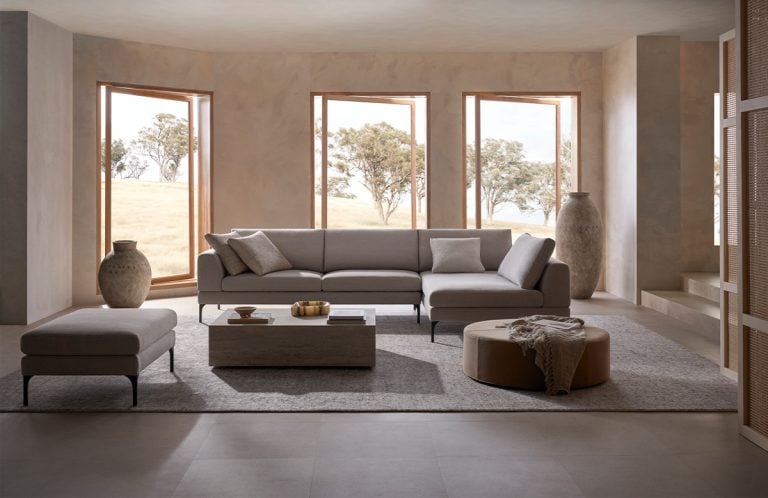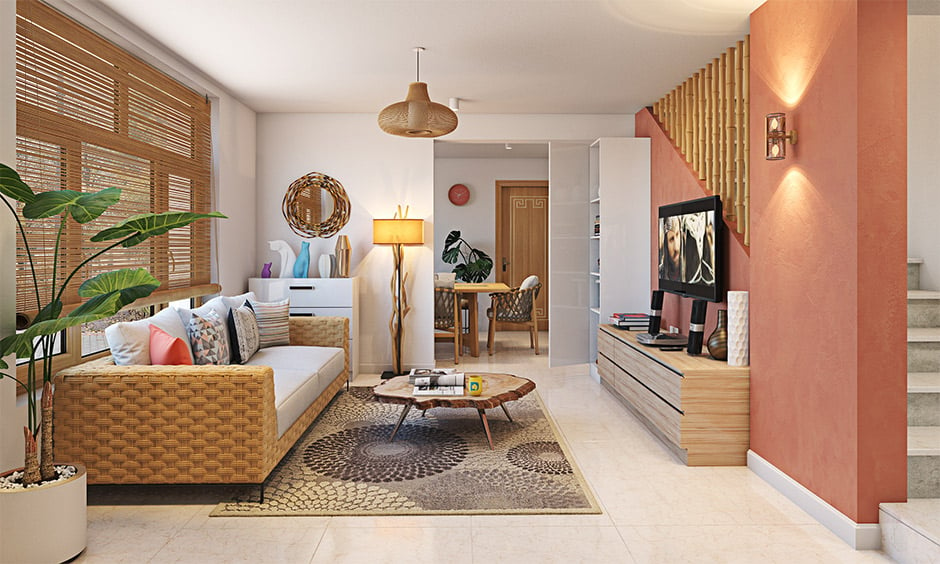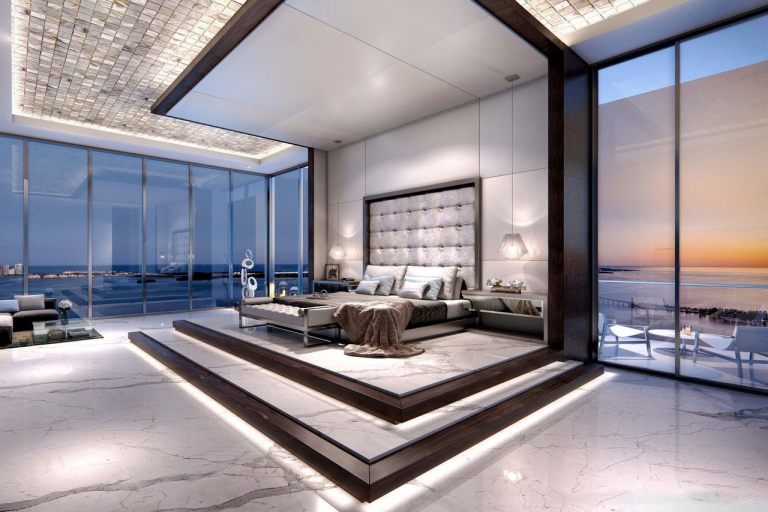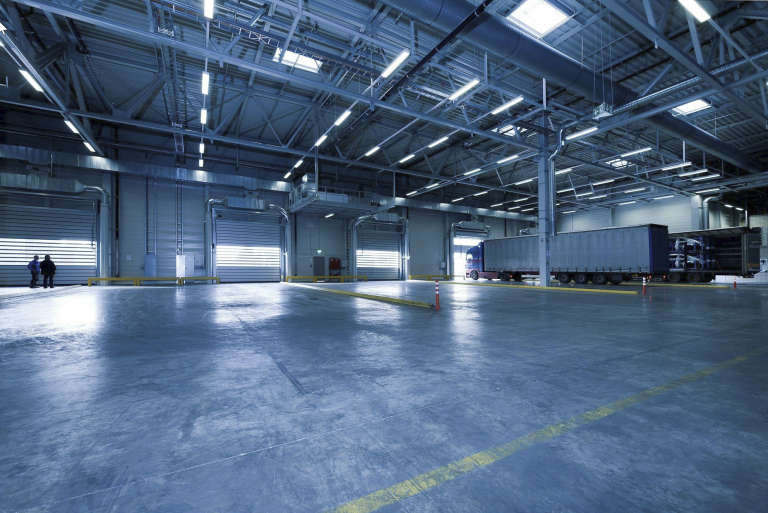Sustainable Home Design: The Role of Residential Architects
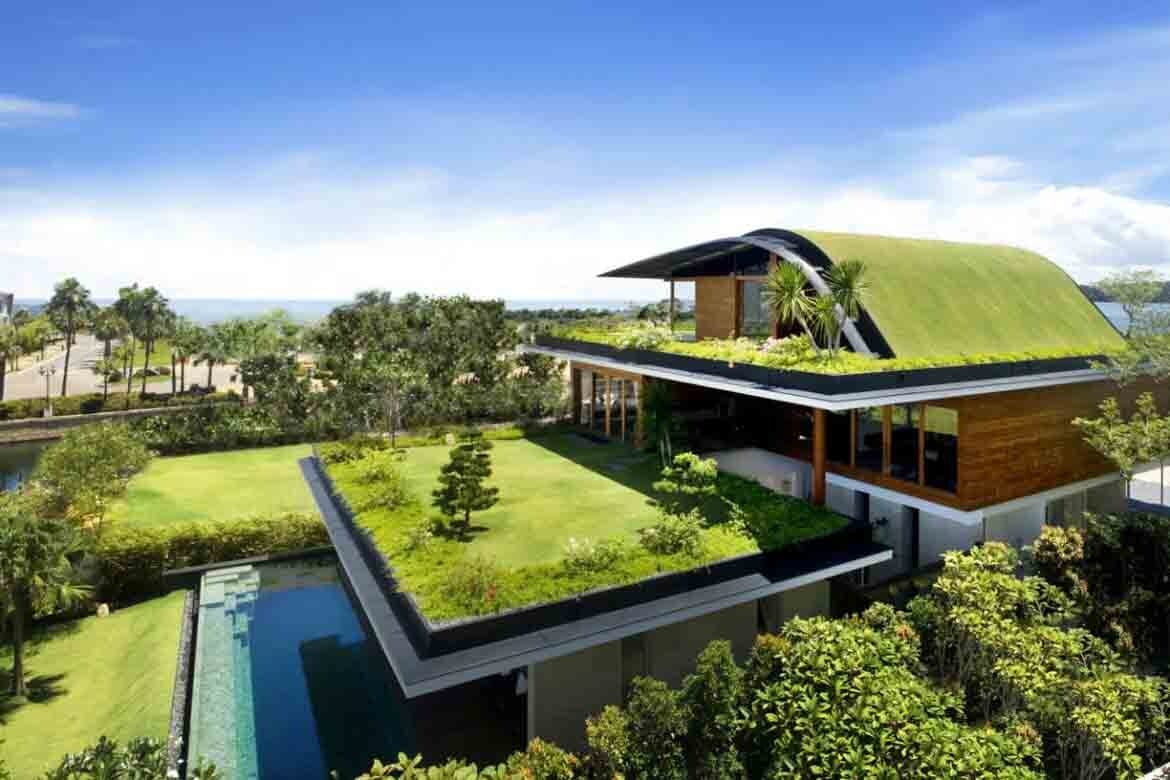
Table of Contents
Sustainability has become a cornerstone of modern residential architecture, with a growing emphasis on eco-friendly practices and innovative design solutions. Architects, especially those offering residential architecture services, play a pivotal role in this movement, spearheading efforts to create homes that not only meet the needs of their occupants but also minimize environmental impact and promote long-term sustainability.
By incorporating eco-friendly materials, energy-efficient systems, and passive design strategies, these professionals are shaping the future of home construction and paving the way for a more sustainable built environment.
Embracing Eco-Friendly Materials
One of the key pillars of sustainable home design is the use of eco-friendly materials that minimize the environmental footprint of construction projects. Residential architects are increasingly turning to renewable, recycled, and locally sourced materials such as bamboo, reclaimed wood, recycled glass, and low-VOC paints.
These materials not only reduce carbon emissions and energy consumption but also contribute to healthier indoor air quality for occupants.
Harnessing Energy-Efficient Systems
Energy efficiency is another critical aspect of sustainable home design, with residential architects leveraging advanced technologies and systems to minimize energy consumption and reduce utility costs.
From solar panels and geothermal heating to high-performance insulation and energy-efficient appliances, there is a wide range of options available to architects seeking to optimize energy use in residential buildings.
By integrating these systems into their designs, architects can help homeowners reduce their carbon footprint and achieve significant long-term savings on energy bills.
Implementing Passive Design Strategies
Passive design strategies focus on harnessing natural elements such as sunlight, airflow, and thermal mass to regulate indoor temperature and minimize the need for mechanical heating and cooling systems.
Residential architects employ techniques such as strategic window placement, shading devices, thermal mass construction, and natural ventilation to optimize indoor comfort levels while reducing reliance on artificial climate control.
By designing homes that work in harmony with the surrounding environment, architects can create spaces that are not only comfortable and energy-efficient but also inherently sustainable.
Promoting Water Conservation
Water conservation is another key consideration in sustainable home design, with architects implementing features such as low-flow fixtures, rainwater harvesting systems, and drought-resistant landscaping to minimize water usage and promote efficient water management.
By integrating these water-saving measures into their designs, architects can help homeowners reduce their water bills and lessen the strain on local water resources, contributing to overall sustainability efforts in the community.
Educating and Empowering Homeowners
In addition to designing sustainable homes, residential architects play a crucial role in educating and empowering homeowners to embrace sustainable living practices. Through consultations, workshops, and educational materials, architects provide homeowners with the knowledge and resources they need to make informed decisions about their homes’ environmental impact.
By fostering a culture of sustainability among homeowners, architects can amplify the impact of their designs and create lasting positive change in communities.
Conclusion: Shaping a Sustainable Future
As society grapples with the challenges of climate change and environmental degradation, the role of residential architects in advancing sustainable home design has never been more important. By embracing eco-friendly materials, energy-efficient systems, passive design strategies, and water conservation measures, architects are leading the way toward a more sustainable built environment.
Through their creativity, innovation, and commitment to environmental stewardship, residential architects are building homes that not only meet the needs of today’s homeowners but also safeguard the planet for future generations.

